Click a photo to see a larger view. Please send your comments and corrections to Steve.
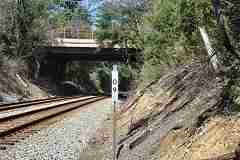
Photo courtesy Dave Hiteshew |
| |||||||||||
| ||||||||||||
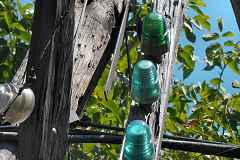
Photo courtesy Dave Hiteshew |
| |||||||||||
| ||||||||||||
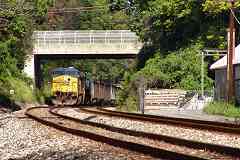
Photo courtesy Dave Hiteshew |
| |||||||||||
| ||||||||||||
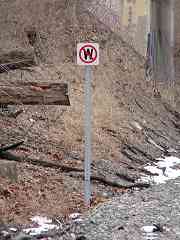
|
| |||||||||||
| ||||||||||||
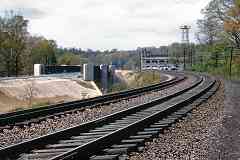
Photo credit W Grosselfinger B&O History Collection |
| |||||||||||
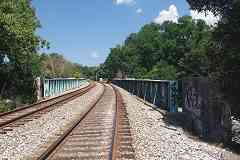
Photo courtesy Dave Hiteshew |
| |||||||||||
| ||||||||||||
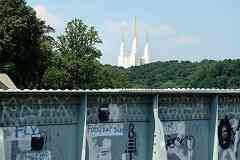
Photos courtesy Dave Hiteshew |
| |||||||||||
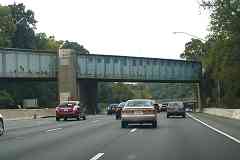
|
| |||||||||||
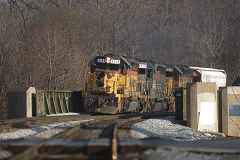
Photo courtesy B&O History Collection |
| |||||||||||
| ||||||||||||
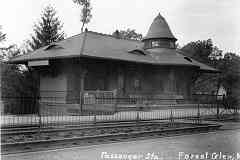
Photo credit B&O Museum |
| |||||||||||
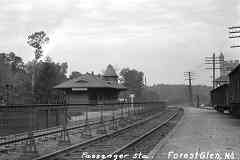
Photo credit B&O Museum |
| |||||||||||
| ||||||||||||
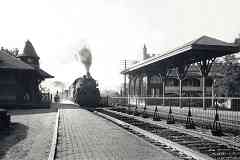
Photo credit EL Thompson |
| |||||||||||
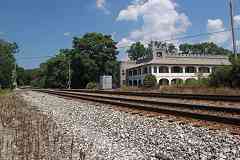
Photo courtesy Dave Hiteshew |
| |||||||||||
| ||||||||||||
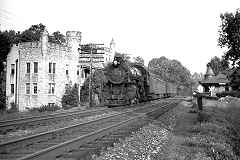
Photo credit EL Thompson |
| |||||||||||
| ||||||||||||
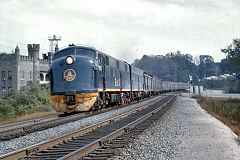
Photo courtesy B&O History Collection |
| |||||||||||
| ||||||||||||
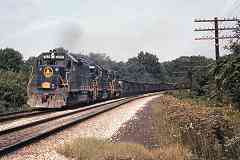
Photo credit HL Buckley B&O History Collection |
| |||||||||||
| ||||||||||||
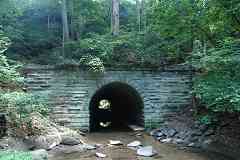
Photos courtesy Dave Hiteshew |
| |||||||||||
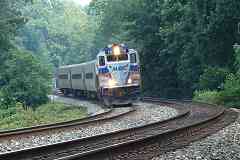
Photo courtesy Dave Hiteshew |
| |||||||||||
| ||||||||||||
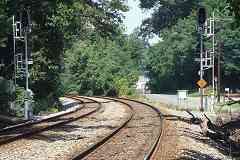
Photo courtesy Dave Hiteshew |
| |||||||||||
| ||||||||||||
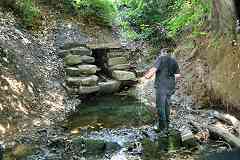
Photo courtesy Dave Hiteshew |
| |||||||||||
| ||||||||||||
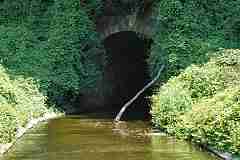
Photos courtesy Dave Hiteshew |
| |||||||||||
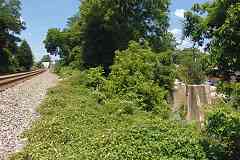
Photo courtesy Dave Hiteshew |
| |||||||||||
| ||||||||||||
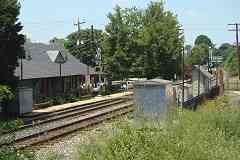
Photo courtesy Dave Hiteshew |
| |||||||||||
| ||||||||||||
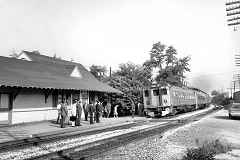
Photo credit HH Harwood |
| |||||||||||
| ||||||||||||
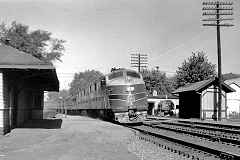
Photo credit A Mesrobian |
| |||||||||||
| ||||||||||||
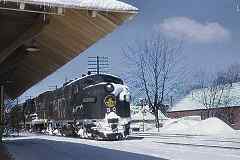
Photo credit HL Buckley B&O History Collection |
| |||||||||||
| ||||||||||||
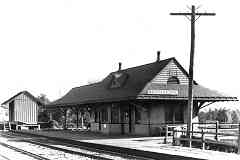
Photo credit Montgomery County Historical Society |
| |||||||||||
| ||||||||||||
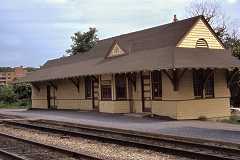
Photo credit P Darmody B&O History Collection |
| |||||||||||
| ||||||||||||
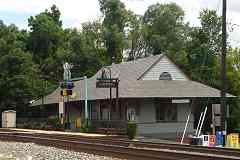
|
| |||||||||||
| ||||||||||||
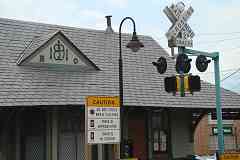
Photo courtesy Dave Hiteshew |
| |||||||||||
| ||||||||||||
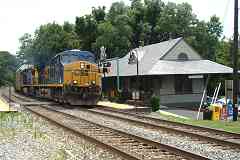
Photo courtesy Dave Hiteshew |
| |||||||||||
| ||||||||||||
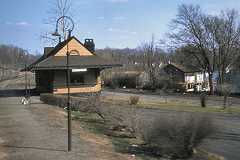
Photo courtesy B&O History Collection |
| |||||||||||
| ||||||||||||
Or, return to main page for other tours.
Copyright Notice